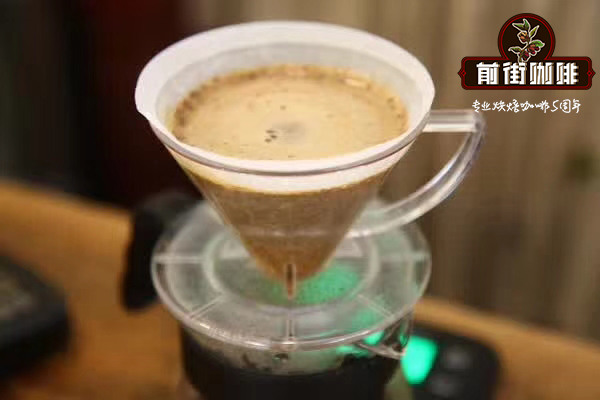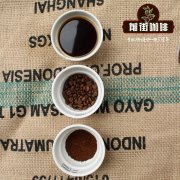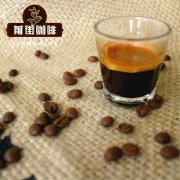What is the name of the coffee you must buy in Indonesia | how to make Indonesian coffee powder to taste good?

Professional coffee knowledge exchange more coffee bean information please follow the coffee workshop (Wechat official account cafe_style)
It is not easy to get a cup of delicious coffee. Producing areas, varieties, treatment methods, altitude and other factors are factors that affect the flavor of coffee. Toraja producing area is densely covered with mountains and hot and humid climate. The Dutch began to grow coffee here in the mid-19th century, and the coffee industry in this region was known to the world in the 1970s. In the 1990s, it entered a golden period of rapid development. At present, the boutique coffee in Toraja producing areas is mainly exported to Japan.
In Indonesia, 90 per cent of coffee belongs to Robusta, probably as a result of the devastating 19th-century coffee leaf rust. But in Toraja producing areas, 95% of coffee belongs to Arabica.
The main coffee variety in Sulawesi Toraja producing area is S795 (also known as Jember), which belongs to Arabica race and has strong resistance to leaf rust and outstanding sweetness (maple sugar male syrup/ brown sugar flavor).
Production and treatment
Good geographical climate and coffee varieties are not enough to ensure the quality of coffee, but also need the hard work of producers. Toarco Toraja, a joint venture between Indonesia and Japan, sets strict procedures and standards for coffee production, including picking, storage, transportation and so on.
The most common treatment method in Indonesia is wet planing (wet hulling). In essence, this is a relatively rough treatment that is more likely to cause defects in raw beans, and its greatest advantage is that it can avoid the problem of coffee fermentation deterioration during the treatment process (Indonesia has a humid climate).
Indonesian coffee is usually deeply roasted and brewed with rough grinding and a water temperature of 86 degrees to avoid making the coffee extract more bitter.
END
Important Notice :
前街咖啡 FrontStreet Coffee has moved to new addredd:
FrontStreet Coffee Address: 315,Donghua East Road,GuangZhou
Tel:020 38364473
- Prev

How about Hainan Xinglong Coffee beans? is Xinglong Coffee famous? how is its flavor?
Professional coffee knowledge exchange more coffee bean information Please pay attention to coffee workshop (Wechat official account cafe_style) to people in many cities, coffee represents fashion, elegance, leisure, with a strong petty bourgeoisie atmosphere, but in Xinglong Coffee Town, coffee has a kind of aroma of human fireworks, with the feelings of the people of the city. Times are changing, Xinglong Coffee.
- Next

How much coffee is produced in Indonesia in a year? which brand is the best to buy coffee in Indonesia?
For more information on coffee beans, follow the coffee workshop (official Wechat account cafe_style). According to Pranoto Soenarto, vice president of the Indonesian Coffee exporters and Industry Association, coffee production in the country is expected to increase by 50 to 60 per cent in the next five years. He even accepted it on the sidelines of an industrial seminar held in Bandung.
Related
- Beginners will see the "Coffee pull flower" guide!
- What is the difference between ice blog purified milk and ordinary milk coffee?
- Why is the Philippines the largest producer of crops in Liberia?
- For coffee extraction, should the fine powder be retained?
- How does extracted espresso fill pressed powder? How much strength does it take to press the powder?
- How to make jasmine cold extract coffee? Is the jasmine + latte good?
- Will this little toy really make the coffee taste better? How does Lily Drip affect coffee extraction?
- Will the action of slapping the filter cup also affect coffee extraction?
- What's the difference between powder-to-water ratio and powder-to-liquid ratio?
- What is the Ethiopian local species? What does it have to do with Heirloom native species?

